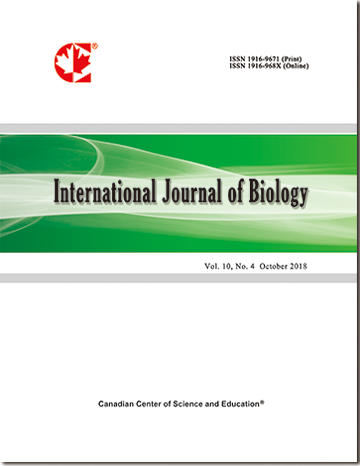Genetic Tools for the Conservation of Wild Asian Elephants
- Chalita Kongrit
Abstract
The distribution of the Asian elephant (Elephas maximus) has been limited to the remaining discontinuous forests, mainly in the South and Southeast Asia. A global number of wild Asian elephants have been declining due to habitat loss, forest fragmentation, and anthropogenic disturbance. Acquiring information of wild populations is important for effective conservation and management plan. This article reviews the applications of noninvasive genetic method as a tool for studying wild Asian elephants. Noninvasive genetic method has been introduced to the field of wildlife conservation for more than two decades. The method provides reliable information of a population and facilitates investigation of genetic effects on small and fragmented populations. Various DNA markers for the Asian elephant, those include mitochondrial DNA, microsatellite DNA, and sex determination markers, have been developed and used to study wild elephant populations across the distribution range. Most of the studies revealed the issues of low genetic diversity in the small populations and interruption of gene flow among the fragmented populations. Tracking of ivory poaching has not yet been done in the Asian elephant. It could be carried out if a reference genetic database of the natural populations is available. Noninvasive genetic method has been proved to be a promising tool for conservation of the wild Asian elephants. Transboundary collaboration would give hope for a successful long-term conservation of this charismatic species in their natural habitats.
- Full Text:
 PDF
PDF
- DOI:10.5539/ijb.v9n2p1
Index
- ACNP
- AGRICOLA
- BASE (Bielefeld Academic Search Engine)
- CAB Abstracts
- CiteFactor
- CNKI Scholar
- CrossRef
- DTU Library
- Elektronische Zeitschriftenbibliothek (EZB)
- Excellence in Research for Australia (ERA)
- Google Scholar
- Infotrieve
- LIVIVO (ZB MED)
- LOCKSS
- Max Planck Institutes
- MIAR
- PKP Open Archives Harvester
- Qualis/CAPES
- ResearchGate
- ROAD
- SafetyLit
- SHERPA/RoMEO
- Technische Informationsbibliothek (TIB)
- Universe Digital Library
- WorldCat
Contact
- Ryan JonesEditorial Assistant
- ijb@ccsenet.org
